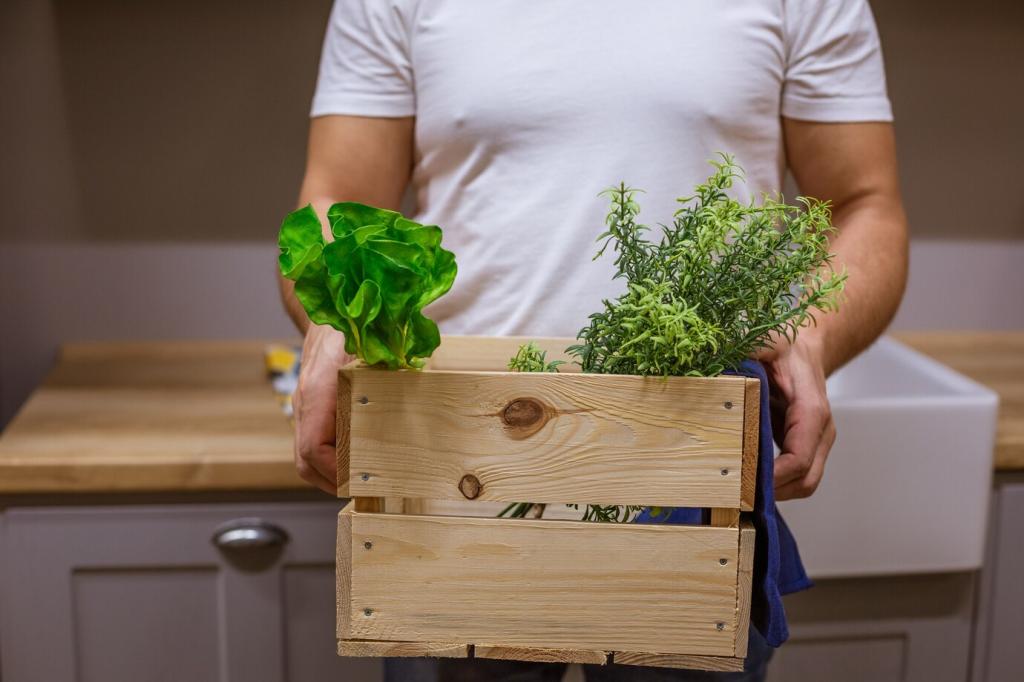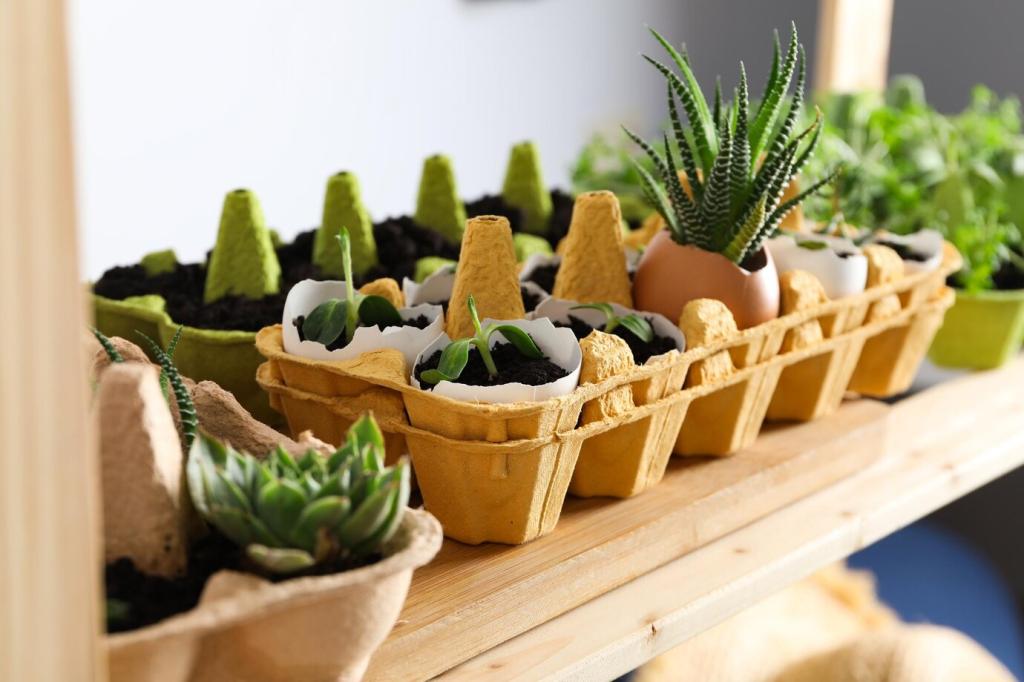
Biodiversity Enhancements in Landscape Design
Chosen theme: Biodiversity Enhancements in Landscape Design. Welcome to a living lab where gardens, campuses, and city edges become vibrant habitats. Discover strategies, stories, and design moves that help plants, pollinators, and people flourish together. Subscribe, share your wildlife sightings, and help us grow a resilient community of stewards.

Why Biodiversity Belongs at the Heart of Landscape Design
When landscapes are alive, they work for us. Pollinators increase garden yields, layered planting slows stormwater, and trees cool walkways. The music of birds and insects lowers stress, reminding us that vibrant habitats improve mental wellbeing. What benefits have you felt in biodiverse spaces?
Why Biodiversity Belongs at the Heart of Landscape Design
Diverse plant communities shade hardscapes, boost evapotranspiration, and create breezy microclimates. Pair canopy trees with understory shrubs and groundcovers to soften reflected heat. Even small curbside plantings help. Share your hottest corner—let’s plan a leafy refuge together and compare before-and-after temperatures this summer.
Go Native, But Go Diverse
Native species anchor food webs, yet diversity within natives matters. Mix host plants for specialist insects with generalist nectar sources. Blend local ecotypes when possible to support regional genetics. Share your region and we’ll suggest a starter palette tuned to your climate and soils.
Layered Structure, Layered Species
Design vertically: canopy, understory, shrub, herbaceous, and groundcover layers. Structural variety creates nesting niches, perches, and shade gradients. Combine clump-forming grasses with flowering perennials and thicket-forming shrubs. Post your current garden structure and we’ll help weave in missing layers for richer habitat.
Bloom and Fruit Calendars That Feed Year-Round
Sequence early, mid, and late-season blooms so pollinators never face a hungry gap. Include fall berries and winter seedheads for birds. Resist deadheading everything—leave some seed for life. Comment with your longest bloomers and let’s build a year-round menu for your site together.
Build Microhabitats, Invite More Wildlife
From shallow dishes with pebbles to pocket ponds and rain-fed rills, water invites dragonflies, birds, and amphibians. Ensure gentle slopes for safe access and a sunny spot for warmth. Share a photo of your tiniest water feature and the first visitors it attracted this season.

Design for Movement: Corridors, Edges, and Stepping Stones
Multi-species hedgerows guide wildlife across landscapes while buffering wind and filtering dust. Mix fruiting shrubs, thorny refuges, and flowering natives for continuous resources. Have a fence line? Share its length and sun exposure, and we’ll sketch a wildlife-friendly planting concept you can try.
Design for Movement: Corridors, Edges, and Stepping Stones
Even rooftops and tiny verges can become stepping stones for pollinators. Use drought-tolerant natives, shallow substrates, and shallow bowls for water. Pocket meadows beside sidewalks spark curiosity. Tell us your smallest available patch, and we’ll help design a micro-habitat that punches above its weight.
Water, Soil, and the Art of Regeneration
Shape the land to slow, spread, and sink rain where it falls. Plant moisture-loving natives in swales and resilient mixes on berms. Mark inlet stones to guide flows. Share your roof area and soil texture—we’ll help size a rain garden that doubles as a pollinator haven.
Feed the soil food web with leaf litter, wood chips, and finished compost. Inoculate with fungal-rich mulch under trees and shrubs. Avoid plastic fabrics that block life. Post your mulching wins or woes, and we’ll troubleshoot moisture, weeds, and timing for maximum habitat benefit.
Smart controllers paired with drought-ready plant mixes cut water waste while keeping habitats thriving. Group plants by water needs and adjust seasonally. Hand-water new plantings to establish deep roots. Tell us your climate zone and water budget; we’ll suggest a simple, wildlife-friendly watering plan.

Maintenance That Nurtures, Not Manicures
Shift weekly mowing to seasonal, path-based cuts that frame meadows and protect ground nests. Leave clumps and staggered heights for shelter. You’ll save time and fuel while discovering new species. Share a map of your lawn; we’ll propose a mosaic that invites butterflies back.



